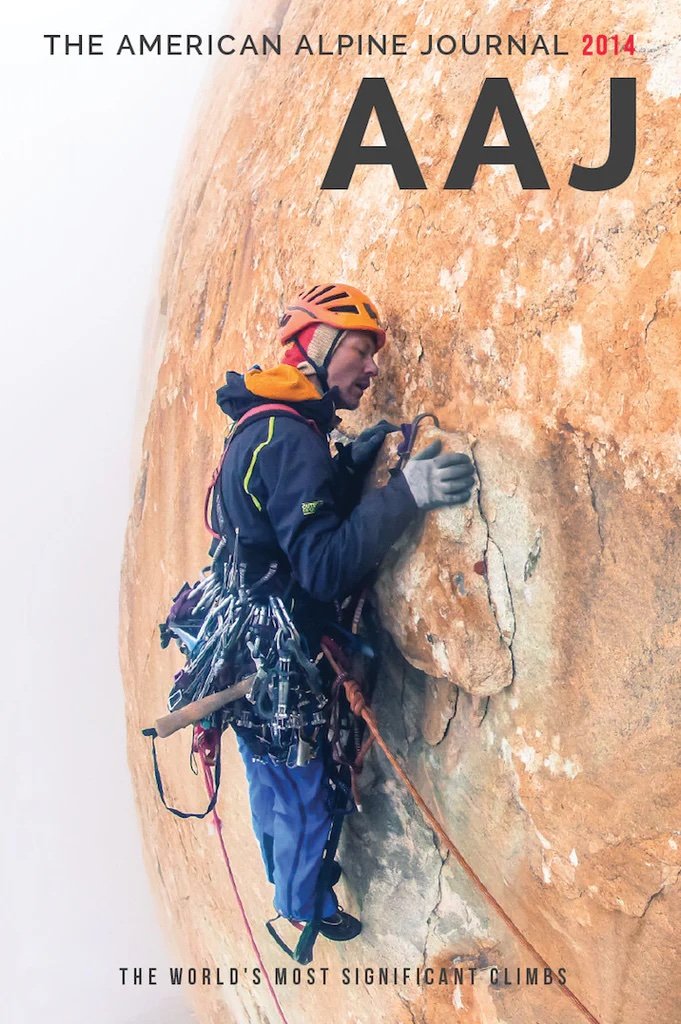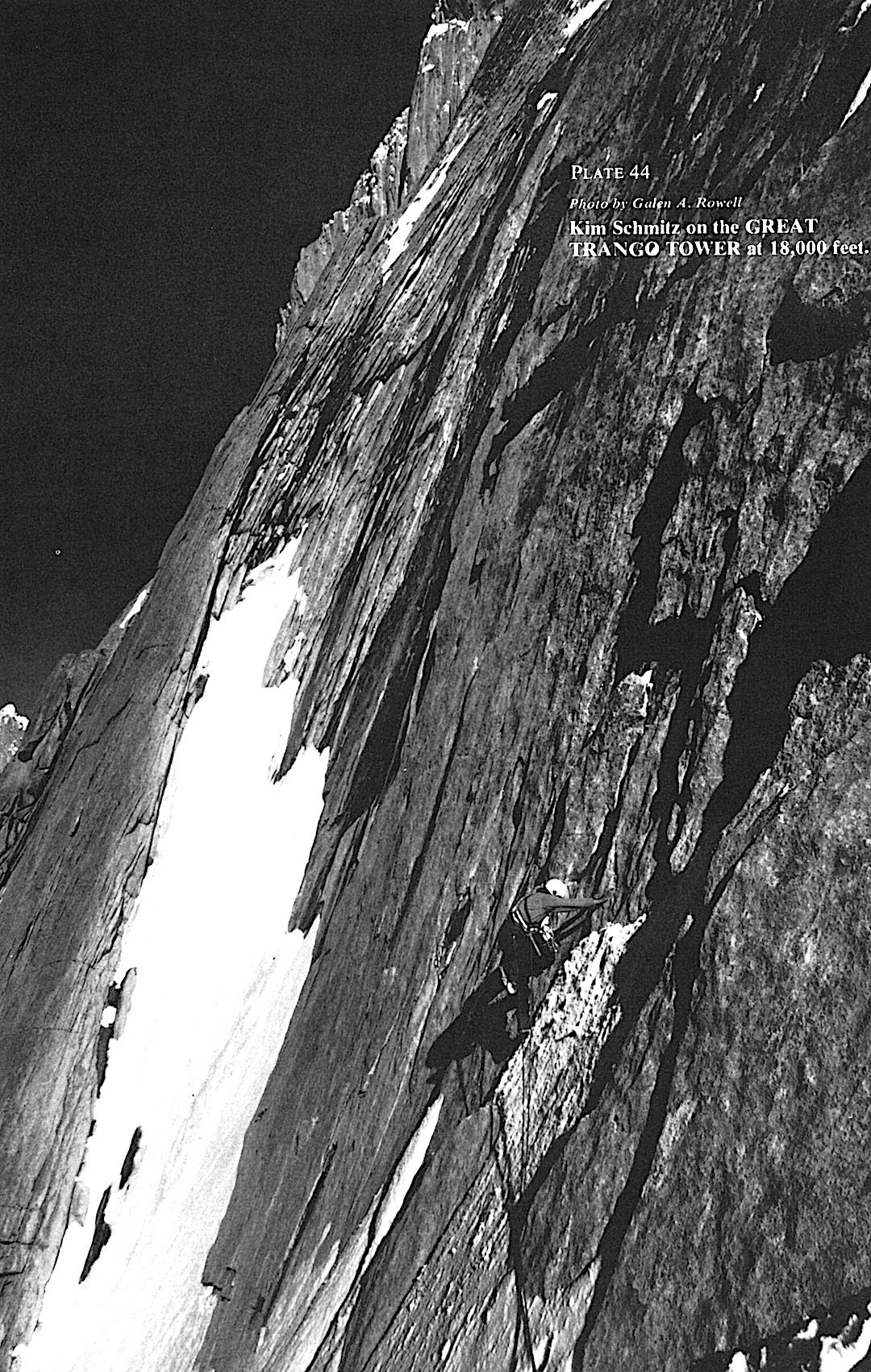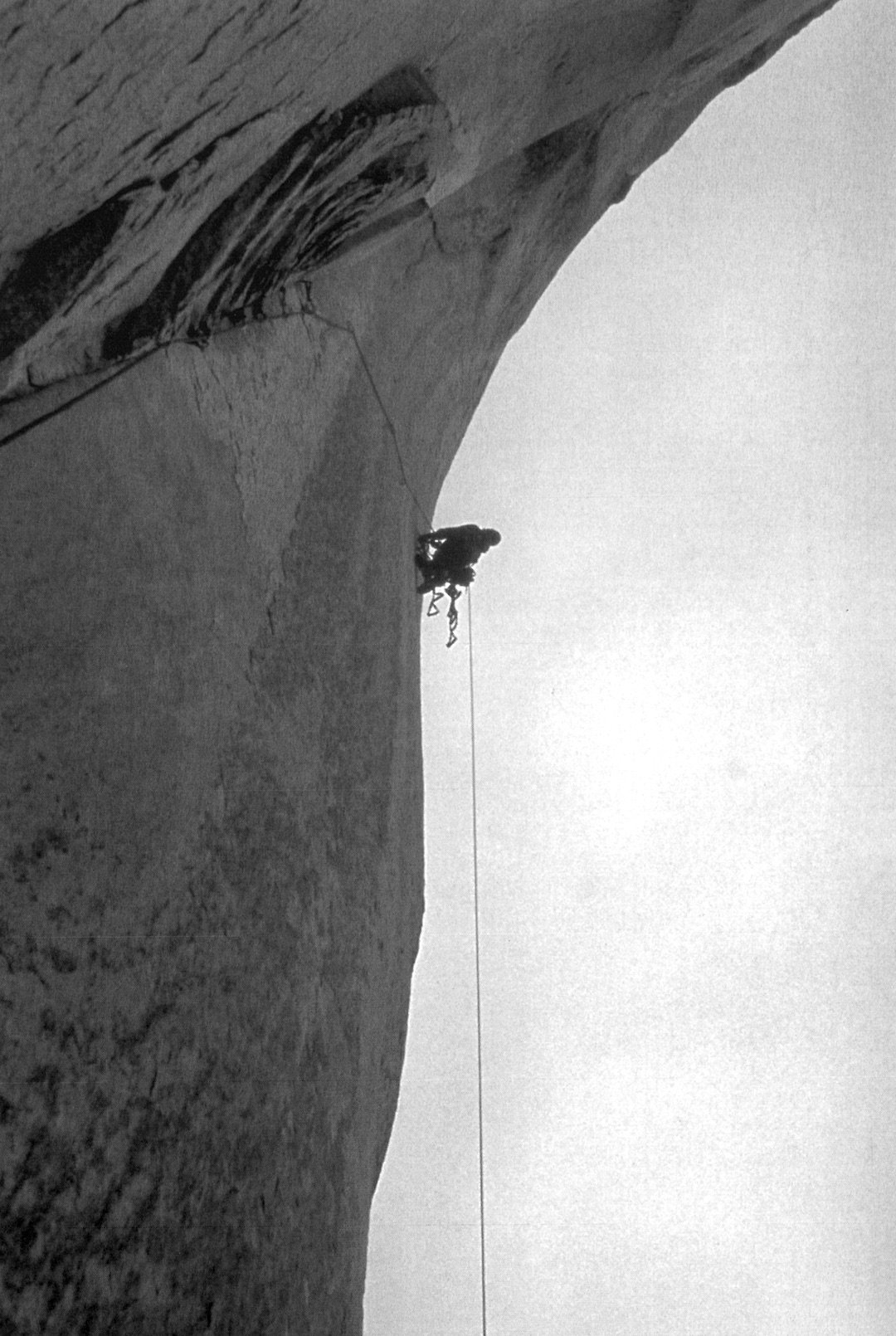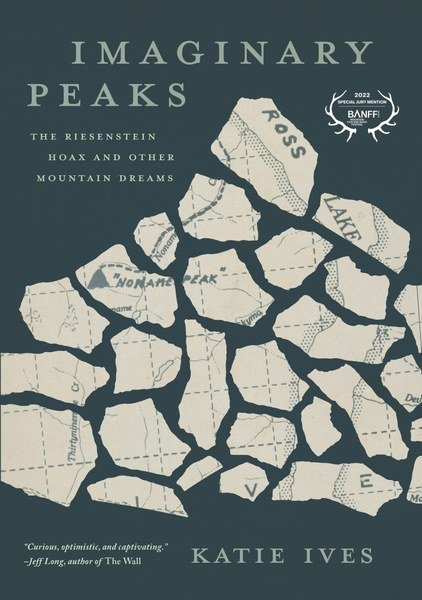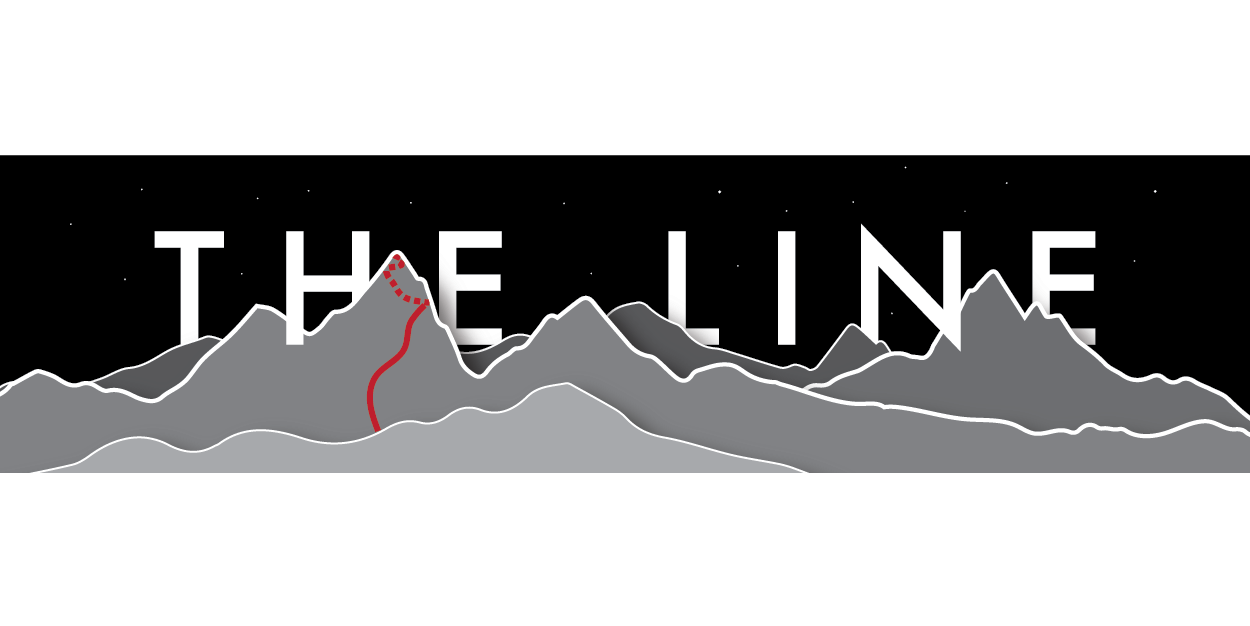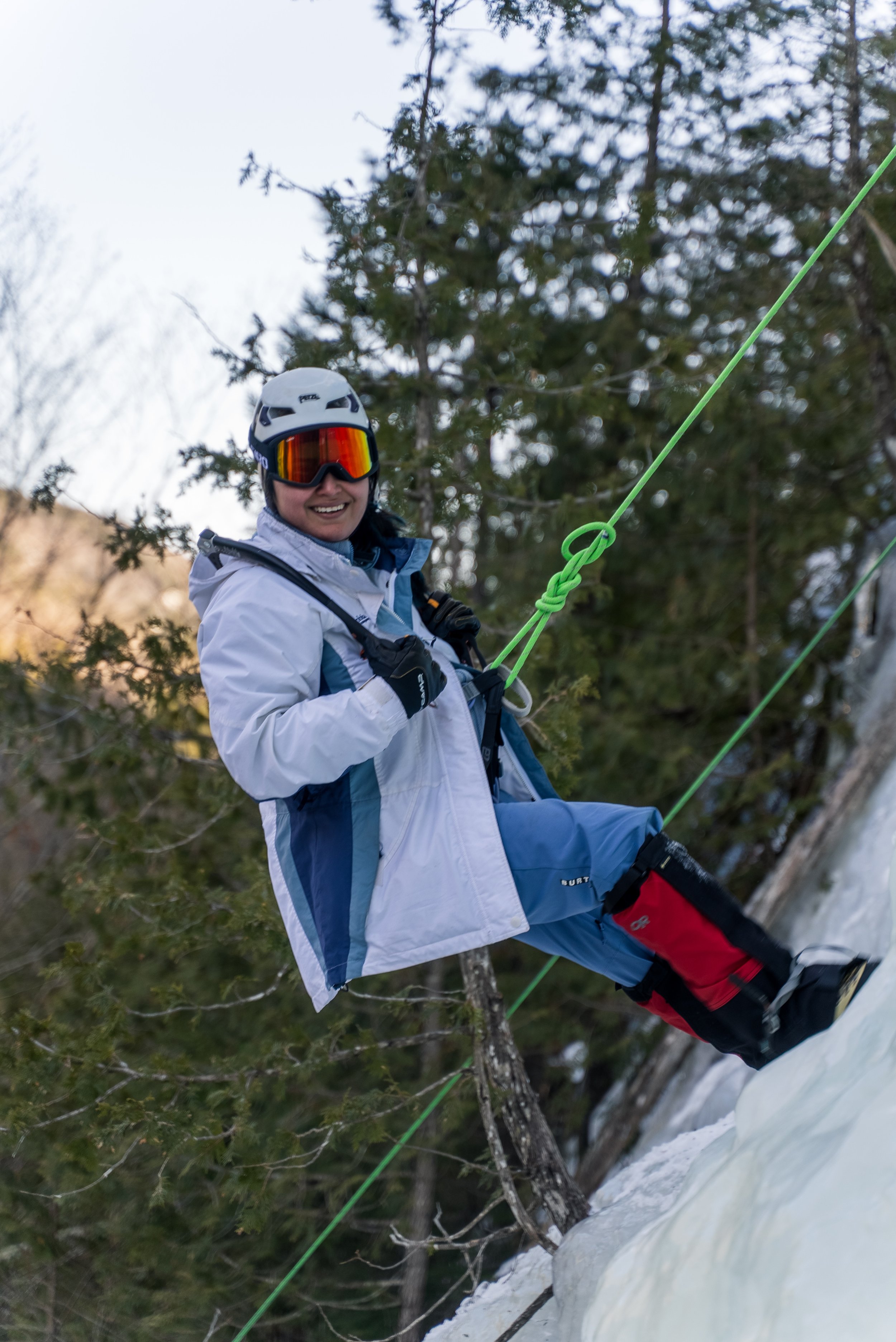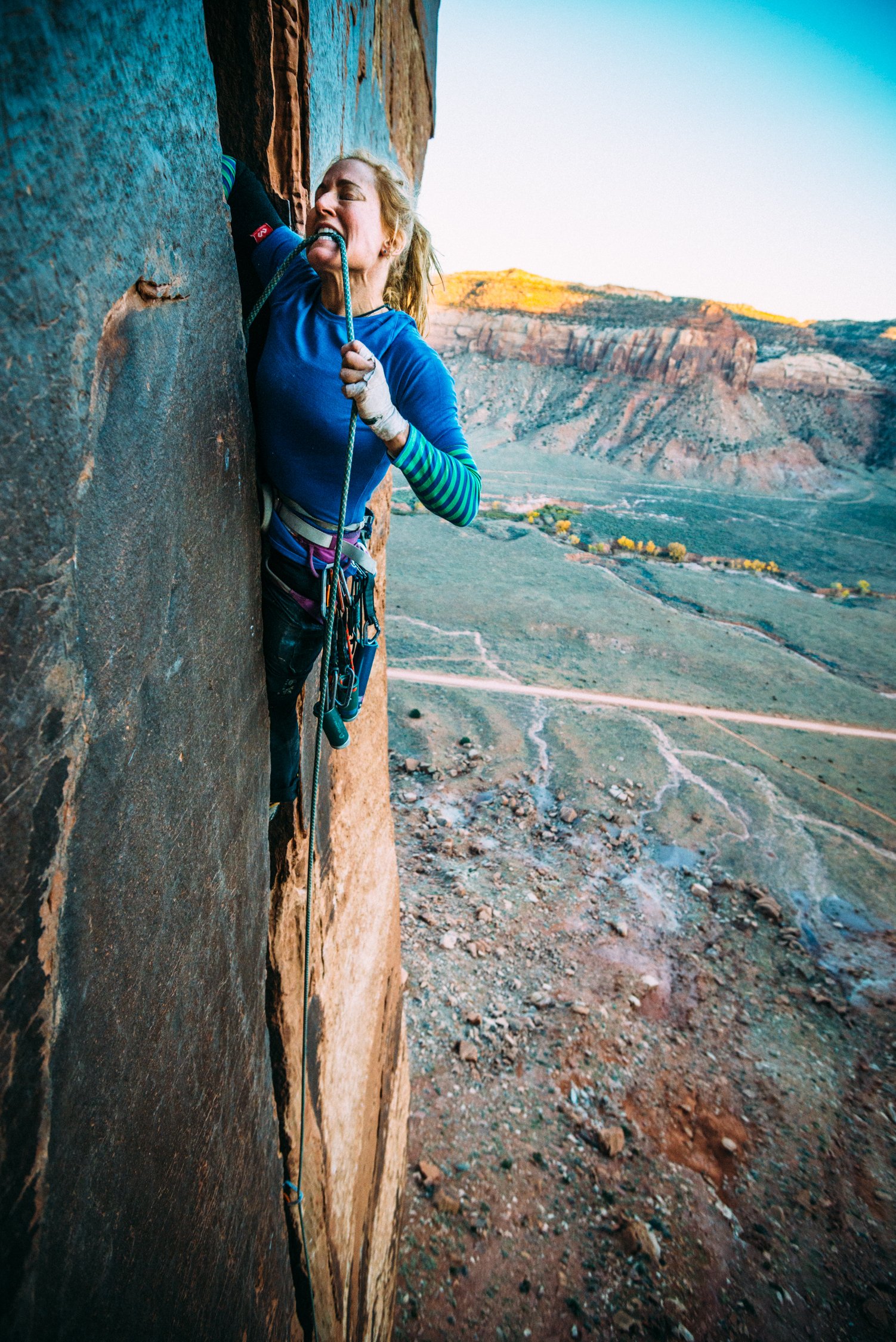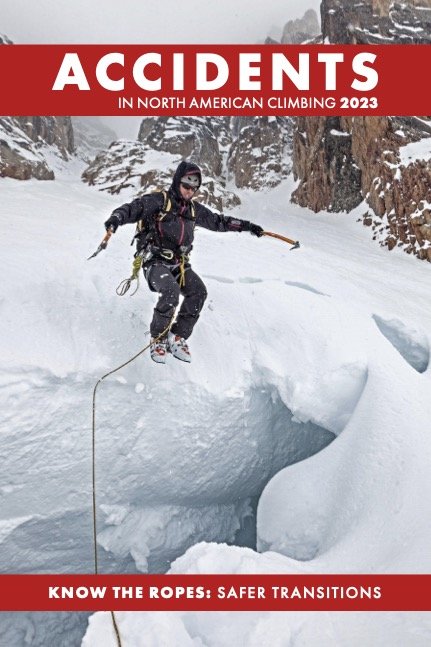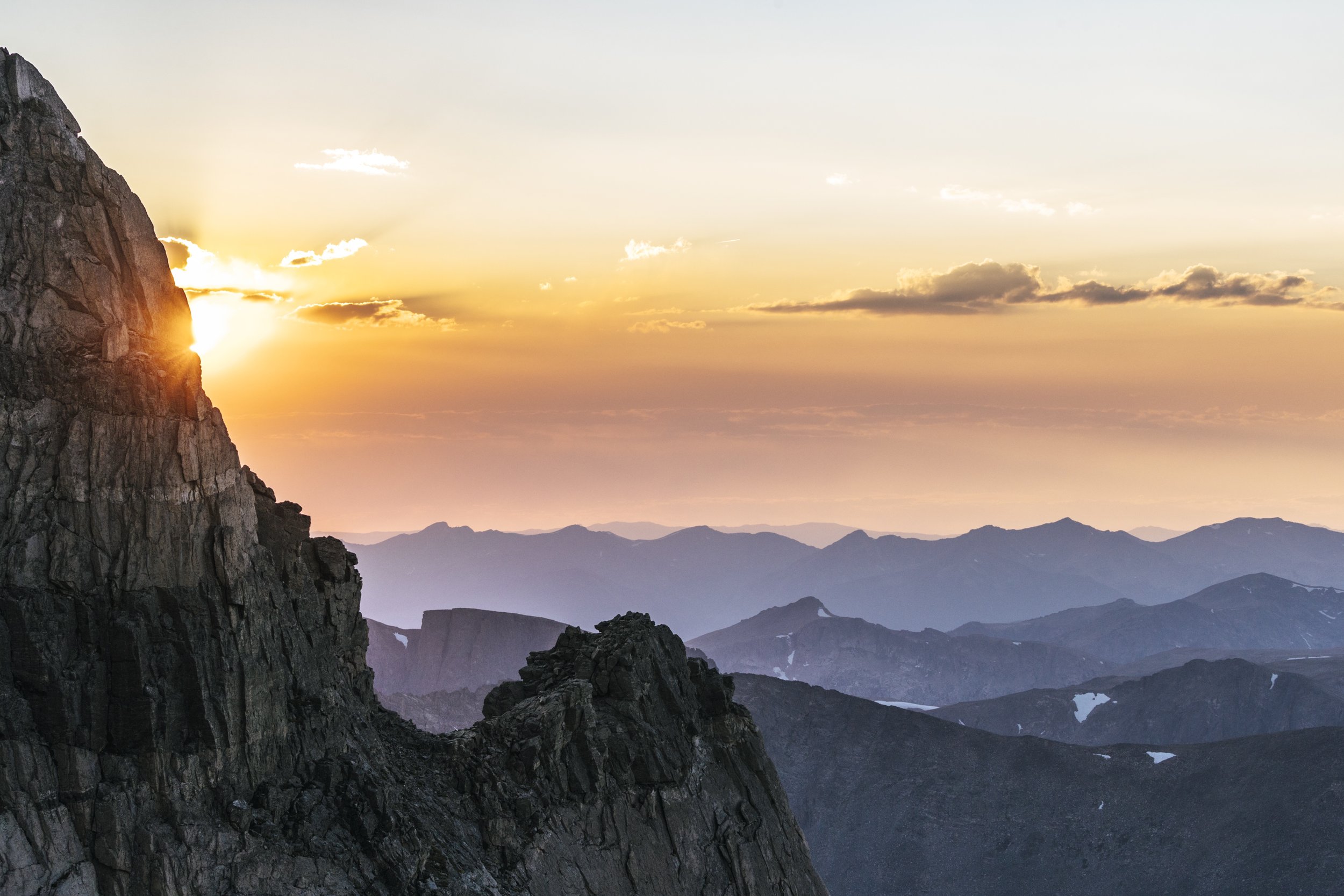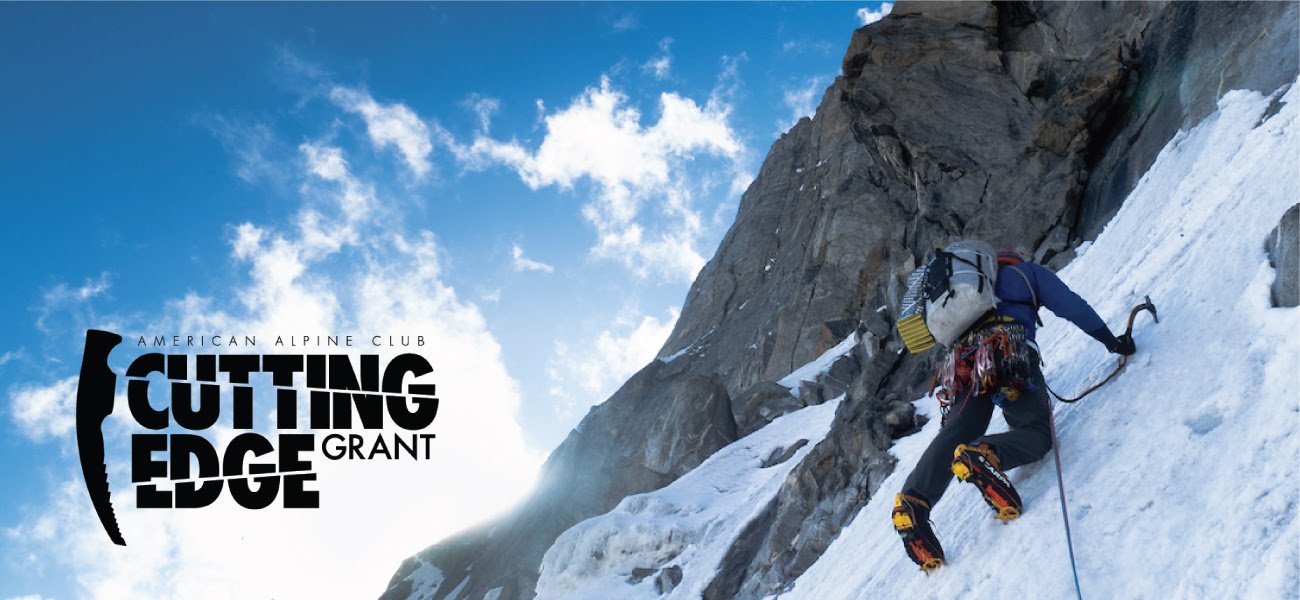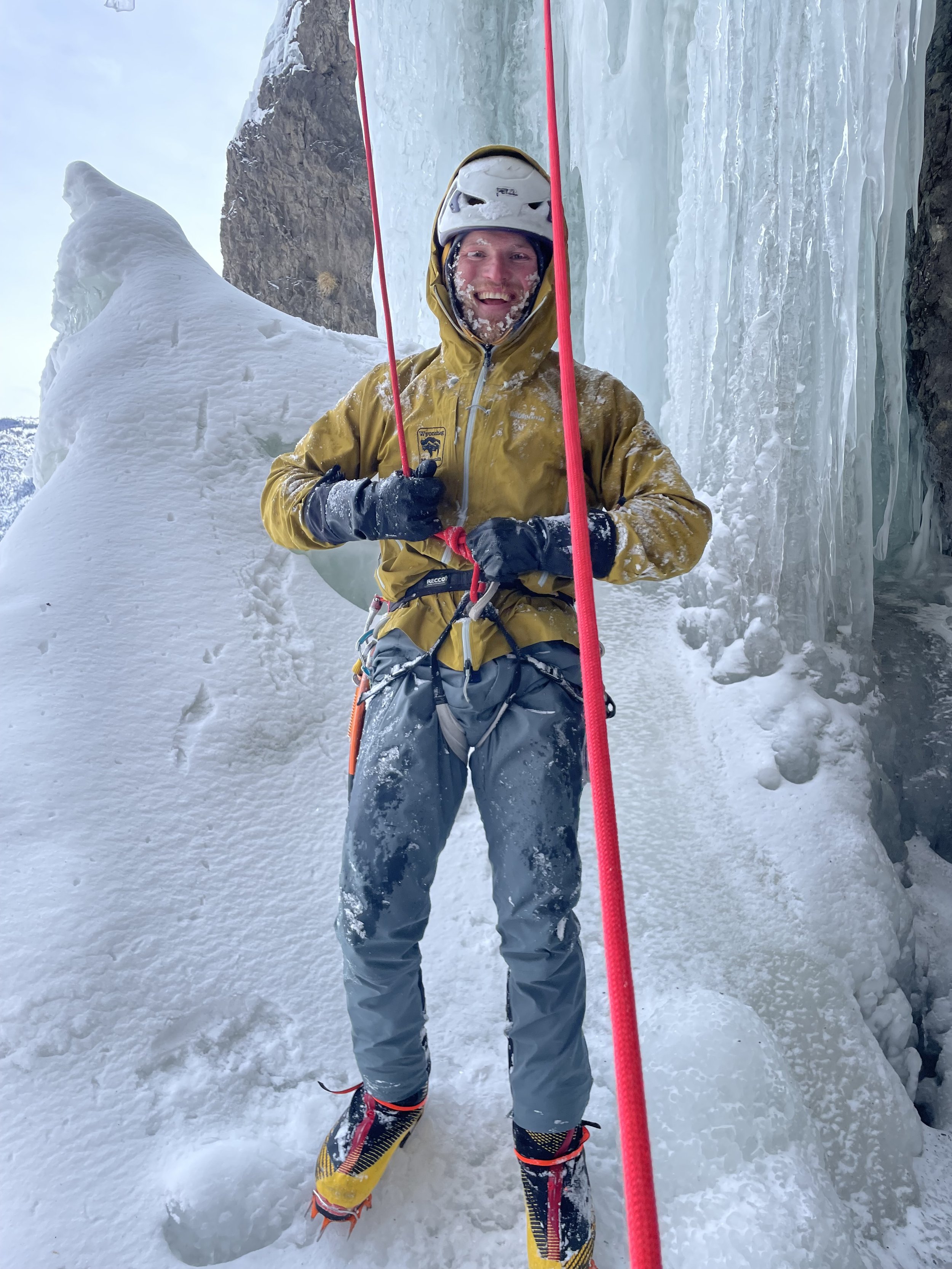Still, the Swiss guide Jakob Anderegg kept going, and the rest of the team, including Moore, cautiously followed. As the crest narrowed, they shuffled along à cheval, one leg on either side, aware that any fall might be catastrophic [1].
Long after they finished the first ascent of the Brenva Spur and descended by a safer route, the ice crest lingered in the imaginations of those who read Moore’s memoir, The Alps in 1864. In 1906, British author A.E.W. Mason located the climactic scene of his crime novel Running Water on the Brenva Spur—a point of no return that appeared perfect for an attempted murder of one climber by another, “a line without breadth of cold blue ice” [2].
The Novel
Mason’s Running Water, like its author’s inspiration, begins with reading. Riding the train to Chamonix, his young protagonist Sylvia Thesiger becomes immersed in an old copy of the British Alpine Journal, published more than two decades prior to the novel. All night, she couldn’t sleep, remembering her first glimpse of the Mont Blanc massif beyond the curtain of a train window, recalling her sense of inchoate longing for its moonlit towers of ice and snow.
Although women climbers had taken part in numerous firsts by the time of the novel’s plot, they weren’t permitted to publish in the Alpine Journal under their own bylines until 1889, when Margaret Jackson recounted her epic first winter traverse of the Jungfrau. And there’s no female author or character in the story Thesiger reads about the first ascent of an aiguille near Mont Blanc. Yet she longs to enter its world, and when she arrives in Chamonix, she hires guides to take her on her own first climb, up the Aiguille d’Argentière. As an ice slope tilts upward, sheer and smooth as a pane of glass, she rejoices, feeling as if she’s finally dreamed her way into a scene from mountain literature, “the place where no slip must be made.” Astounded at her fearlessness and intuitive skill, a guide tells her she bears an uncanny resemblance to a famous climber from the Alpine Journal story she’d just admired.
“I felt something had happened to me which I had to recognize—a new thing,” she recalls. “Climbing that mountain...was just like hearing very beautiful music. All the vague longings which had ever stirred within me, longings for something beyond, and beyond.” Later, after she falls in love with a climber, the memory of that day suffuses their bond with a steadfast alpine glow—“ice-slope and rock-spire and the bright sun over all.”
By the end, however, the novel shifts from her journey of self-discovery toward an outcome more conventional for its era. Newly wed, Thesiger is relegated to waiting below the Brenva Spur while the male hero and villain confront each other above that narrow blue crest. Readers don’t find out, for certain, whether she’ll climb any mountains again. A sense of incompleteness remains: the mysterious promise of her alpine epiphanies and of her suppressed and inmost self seem to flow beyond the narrative’s abrupt conclusion, like the recurring dreams she has of running water.
The Next Climbs
After the publication of Running Water, the ice crest reemerged in a real climber’s recurring dreams. During World War I, Scottish physiologist Thomas Graham Brown took refuge in fantasies inspired by the novel. Night after night, in his sleep, he left behind the horrors of grim battles and shell-shocked men [3] for his own imagined version of the Brenva Face amid a wonderland of shining mountains. The geography seemed so “vivid,” he wrote in his memoir, Brenva, “that a map might be made of the country” [4].
After he recovered from the war, Brown sought the Brenva Face again and again, though its actual topography proved different from what he’d seen in his dreams. Between 1927 and 1933, he established three new routes there, some of the hardest of his day: the Sentinelle and the Major with fellow British climber Frank Smythe; and the Pear with Swiss guides Alexander Graven and Alfred Aufdenblatten. During the last climb, under the shadow of the full moon, Brown felt as if the Brenva had become, once more, “an unknown land,” a flood of dreams subsuming all the real lines he’d climbed.
As they descended from the summit, light flashed along the running water of a stream, and like Thesiger, he heard an unearthly music cascade through his mind. In his sleep, long afterward, Brown continued to explore the dream version of the Brenva Face, its enigmas unresolved. And for the rest of his life, he kept Mason’s Running Water close by [5].
A Real-Life Sequel to the Novel
Meanwhile, currents of Sylvia Thesiger’s story flowed on through another real alpinist’s life. In 1920 a budding English climbing writer, Dorothey Pilley, strained to see the Alps through the window of a crowded train. She was so overwhelmed with long-held imaginings that her own first glimpse of the range seemed like a chaos of snow-reflected light.
Since reading Running Water, Pilley had felt spellbound by the unearthly ice arête of the Brenva Spur, but also by the ice slope of the Aiguille d’Argentière, where Thesiger steps into the world of her dreams. The scenes blended in Pilley’s mind with those of other, mythic peaks into “a strange, now unrecapturable farrago of fantasies…perhaps a vague haunting background to all my mountain experiences” [6].
Like Thesiger, Pilley felt a new self emerge when she climbed, free of the constraints of her society. As if echoing the novel, when she attempted her own early mountain writing, she found herself trying to capture images of running water over stone. Pilley, too, fell in love in the hills, and the awe and light of the mountains remained at the heart of her subsequent marriage [7].



















